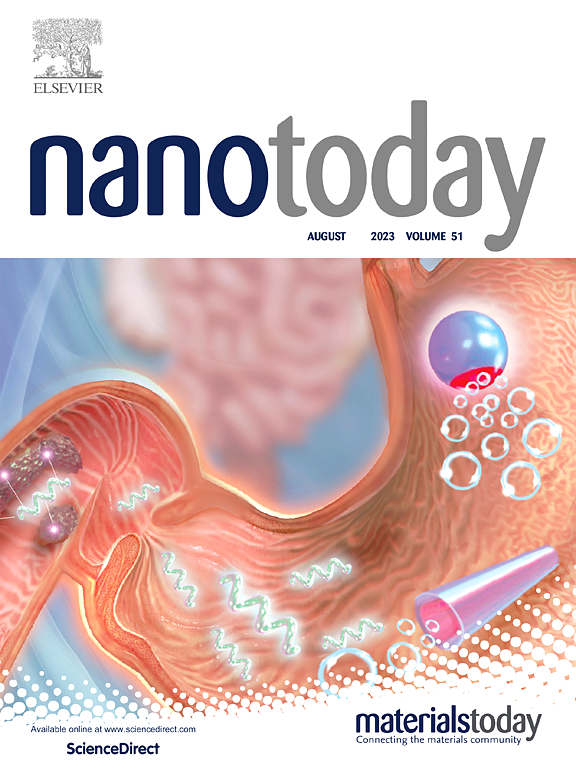纳米医学临床试验的前景
IF 10.9
1区 材料科学
Q1 CHEMISTRY, MULTIDISCIPLINARY
引用次数: 0
摘要
纳米技术已经改变了医疗保健,导致许多纳米医疗产品的临床应用。为了评估他们的临床翻译,我们使用由专家策展和生成式人工智能开发的新型纳米医学词典分析了ClinicalTrials.gov上注册的所有试验。该方法确定了4114项纳米医学临床试验(超过500,000项),形成了纳米医学临床试验(NanoCT)数据集。我们的分析显示,近年来纳米医学试验增加了38% %。虽然肿瘤仍占主导地位(30% %),但新兴应用——特别是在传染病方面,受mRNA疫苗兴起的推动——表明该领域的治疗范围正在扩大。胶束、聚合物和金属纳米颗粒的使用越来越多,这进一步证明了这种多样化,标志着脂质体配方的主导地位的转变。尽管取得了重大进展,但纳米医学试验仅占所有注册临床试验的0.8% %,突出了关键的转化挑战,如监管复杂性、高生产成本和临床设计限制。解决这些障碍需要建立一个普遍接受的纳米医学词典,以加强数据协调,简化监管途径,并改善跨学科交流。这项综合分析为纳米健康的发展轨迹提供了关键的见解,确定了临床转化的障碍,并概述了最大化其未来在医学中的影响的策略。本文章由计算机程序翻译,如有差异,请以英文原文为准。
The landscape of nanomedical clinical trials
Nanotechnology has transformed healthcare, leading to the clinical adoption of numerous nanomedical products. To evaluate their clinical translation, we analyzed all trials registered on ClinicalTrials.gov using a novel nanomedicine lexicon developed through expert curation and generative AI. This approach identified 4114 nanomedical clinical trials (out of more than 500,000) forming the Nanomedical Clinical Trials (NanoCT) dataset. Our analysis reveals a 38 % rise in nanomedical trials in recent years. While oncology remains dominant (30 %), emerging applications—particularly in infectious diseases, driven by the rise of mRNA vaccines—demonstrate the field’s expanding therapeutic scope. This diversification is further evidenced by the growing use of micelles, polymeric, and metallic nanoparticles, marking a shift from the dominance of liposomal formulations. Despite significant advancements, nanomedical trials account for only 0.8 % of all registered clinical trials, highlighting key translational challenges such as regulatory complexities, high production costs, and clinical design limitations. Addressing these barriers requires the establishment of a universally accepted nanomedical lexicon to enhance data harmonization, streamline regulatory pathways, and improve interdisciplinary communication. This comprehensive analysis provides critical insights into the trajectory of nanohealth, identifies obstacles to clinical translation, and outlines strategies to maximize its future impact in medicine.
求助全文
通过发布文献求助,成功后即可免费获取论文全文。
去求助
来源期刊

Nano Today
工程技术-材料科学:综合
CiteScore
21.50
自引率
3.40%
发文量
305
审稿时长
40 days
期刊介绍:
Nano Today is a journal dedicated to publishing influential and innovative work in the field of nanoscience and technology. It covers a wide range of subject areas including biomaterials, materials chemistry, materials science, chemistry, bioengineering, biochemistry, genetics and molecular biology, engineering, and nanotechnology. The journal considers articles that inform readers about the latest research, breakthroughs, and topical issues in these fields. It provides comprehensive coverage through a mixture of peer-reviewed articles, research news, and information on key developments. Nano Today is abstracted and indexed in Science Citation Index, Ei Compendex, Embase, Scopus, and INSPEC.
 求助内容:
求助内容: 应助结果提醒方式:
应助结果提醒方式:


